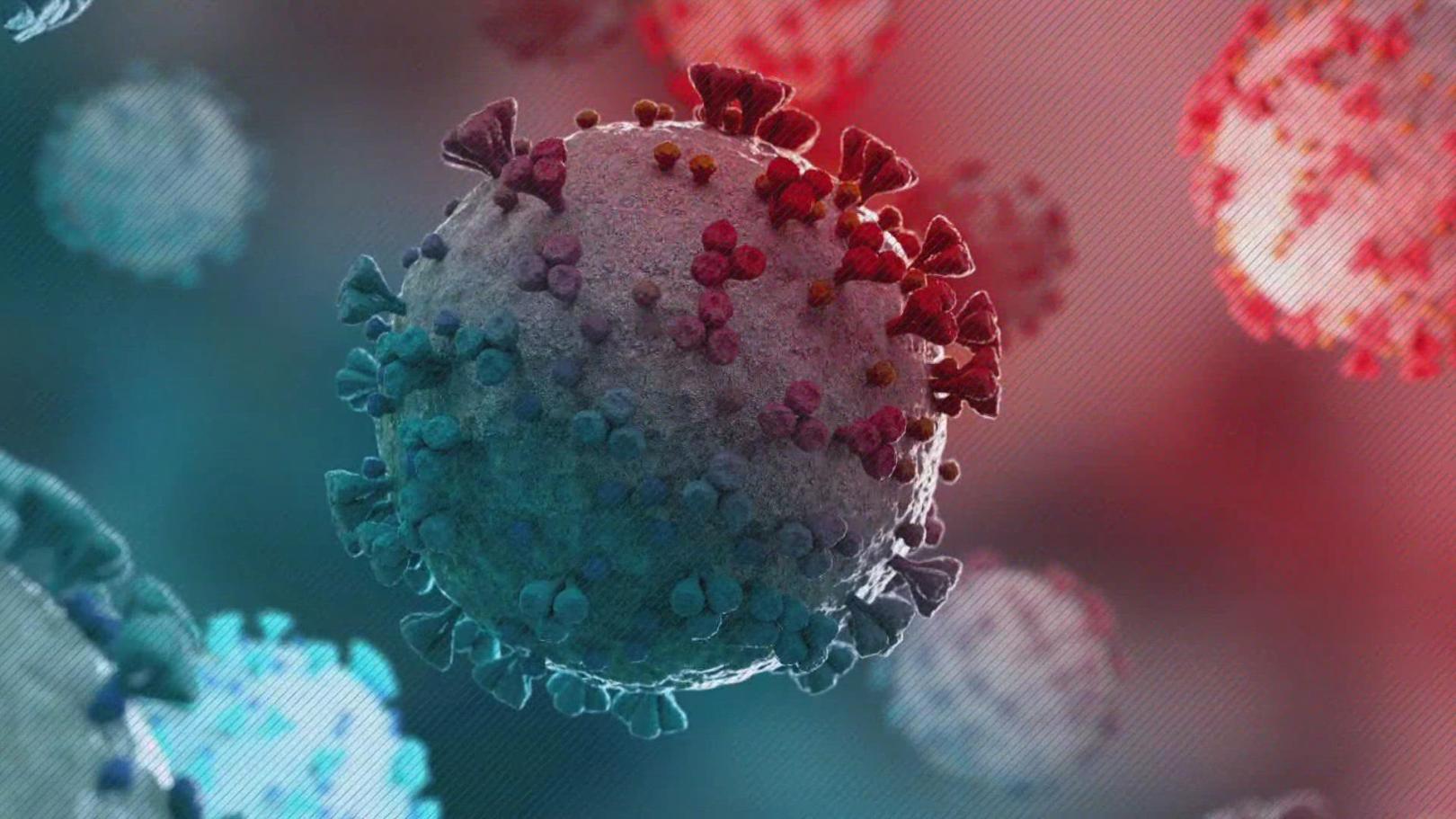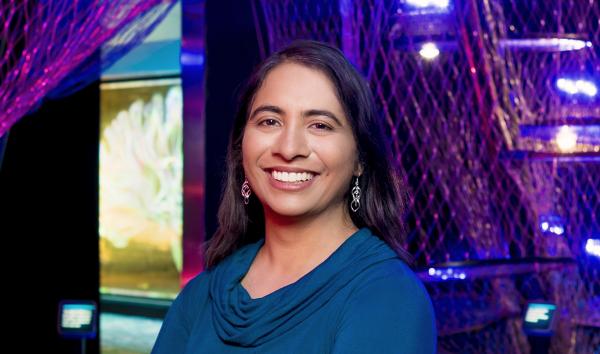
Date:
The World Health Organization declared the omicron variant of the coronavirus to be a “variant of concern” last week. Since then, it seems like the only thing we know is that there’s a lot we don’t know! So let’s talk about all the science that’s going on right now that will help answer some of these questions.
Discovering variants
When we take a COVID test, typically what we get back is a “positive” or “negative” result– either you’re infected, or not. Infectious disease scientists want more details. They’re interested in the actual genetic sequence of the virus from tests that come back positive. Changes in genetic sequence naturally accumulate as a virus reproduces and spreads, so sampling these sequences from positive tests over time and around the world allows scientists to track how the virus is changing. This is part of a strategy called disease surveillance. Through genetic sequencing, South African scientists first detected the omicron variant and found that it has 50 sequence changes compared to the original virus. However, not all changes mean that a variant is more infectious, causes more severe disease, or escapes vaccines. That’s why scientists need time to figure out what’s going on.
Does omicron make you sicker?
More time, and many more cases of omicron infection, are needed before we can determine whether this variant causes more severe disease. Scientists can experiment by infecting lab animals with the variant, measuring virus levels, and observing symptoms, but ultimately, we’ll have to wait and see as more people are affected. It’s also not just the virus that determines how sick you get. As scientists have studied why some people only have mild symptoms of COVID-19 while others suffer much more severely, data suggest that differences in our own genes can make us more susceptible, in addition to age and other environmental and health factors.
Is omicron more infectious?
The coronavirus infects your airways by sticking to the surface of your cells and forcing its way in. Genetic changes that help the virus stick better make it more infectious. In the omicron variant, the spike protein—the part of the virus that sticks to your cells—has 30 different genetic changes compared to the original virus. To figure out what these changes mean, scientists are experimenting with the real virus in the lab (which takes more time) or rebuilding the omicron spike protein from its genetic sequence and putting it into a harmless test virus. They will then use the real or the test virus to infect lab-grown human lung cells and compare omicron with other variants, looking for differences in how the virus interacts with the cells.
This experimental data will complement what scientists can observe by looking at real-world infections. Researchers are going back and testing samples from the past few months to figure out where and how fast omicron started spreading, as well as looking at new test results coming in every day to look at the percentage of new infections caused by omicron.
Will the vaccines still work?
Vaccines work through a lock-and-key mechanism: when your body sees a “key” (the part of the virus in the vaccine) that it doesn’t recognize, it makes a new “lock” that matches that key and can trigger the immune system to recognize it and fight back. Remember the omicron variant’s spike protein with those 30 genetic changes? The spike protein was the part of the virus used to create the vaccines, too, so the concern is that the omicron key might look different enough that our current lock won’t recognize it anymore. To test this, scientists can collect antibodies from blood samples of people who have been vaccinated or recovered from COVID-19 and add them to those lab-grown lung cells along with the real or test virus. The level at which the antibodies can keep the virus from infecting the cells will tell us how well the lock still works.
Again, these experiments will be paired with real-world observations. Our current vaccines likely give our bodies a head start, and in addition to antibodies, there are other cells in our immune system that protect us after vaccination but aren’t as easily measured. Scientists will be closely watching for increases in rates of hospitalizations and deaths among people who have been vaccinated and/or boosted. These numbers will help us understand whether the current vaccines are protective against the omicron variant, the effect of the additional dose, and whether the vaccines will need to be modified to help our bodies make a new lock for this new key.


